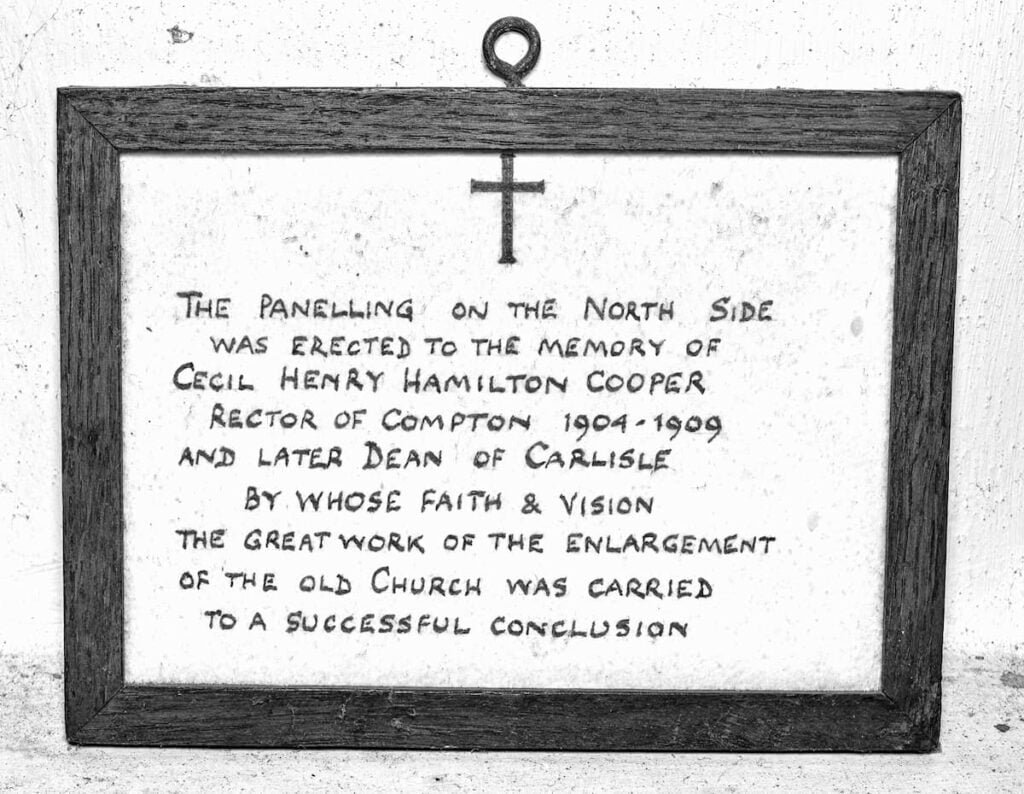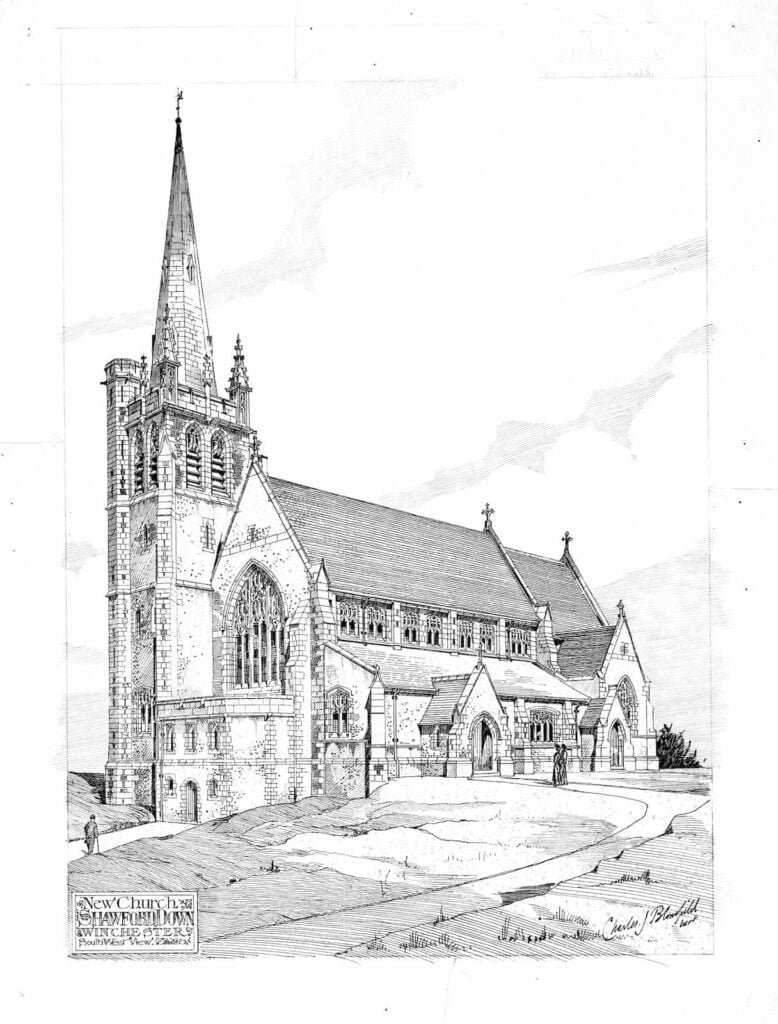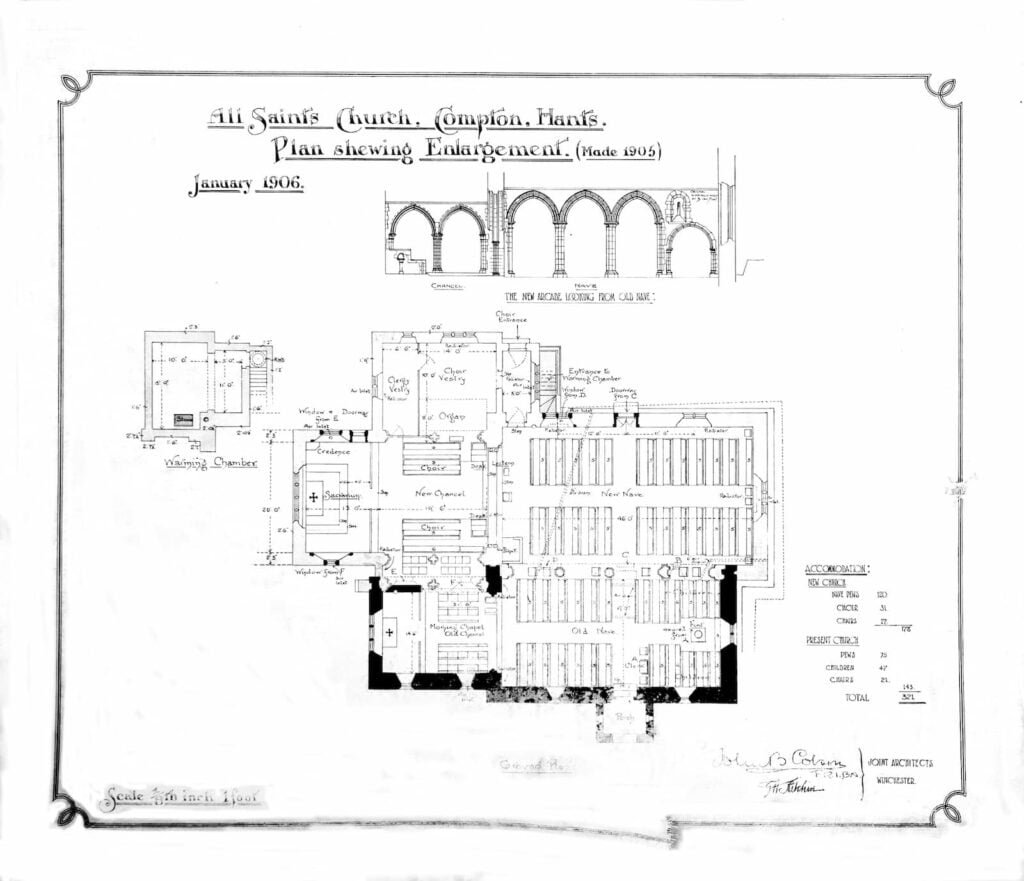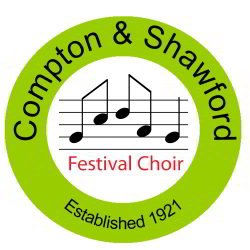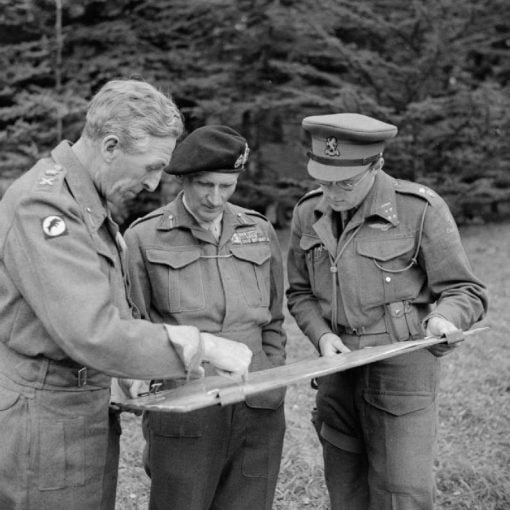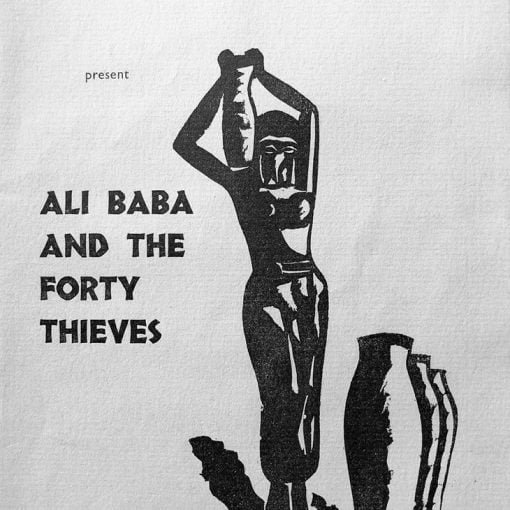Part 2 of the series on the Cooper-Cunningham memorial[1]The Cooper and Cunningham Memorial (this website).
Reprinted, with minor updates, from the May 2022 issue of Compton & Shawford Parish Magazine
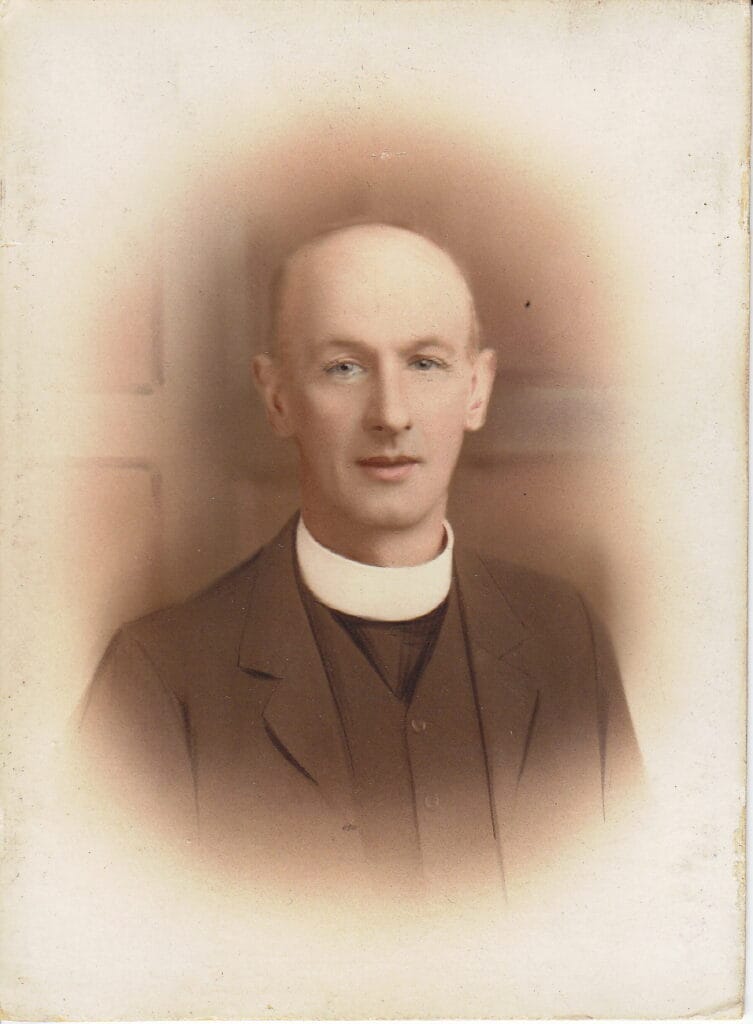
Introduction
Cecil Cooper will long be remembered for uniting the parish behind the enlargement of the old Norman church.
What is remarkable to modern eyes is that project design, approval, fundraising and completing the building works took less than two years.
Life before Compton
Cecil Cooper was a typical son of the Manse. His father was for many years Vicar of St. Luke’s, West Norwood, and later of Emery Down, in the New Forest. His mother, Frances Caroline (née Du Pre), was the daughter of a Norfolk vicar.
He was a foundation scholar of Pocklington School, E. Yorks, and later at Keble College, Oxford, where he was a somewhat notable athlete, but found time to get a good 2nd class in Theology.
In 1895, he was ordained to the parish of St. Mary’s Alverstoke where he became curate to the rector, Canon Alan Brodrick.
In December 1900 Canon Brodrick was appointed by the Bishop of Winchester to be Master of St. Cross. He brought Cecil Cooper, then 29, with him to be curate of St. Cross.
In 1507 the Master of St. Cross had agreed that the church of the Hospital of St. Cross would take on the role of parish church for St Faith’s when the parish could not afford to repair it. Until then, St. Cross had not needed a font, but when St. Faith’s church was demolished, its font was moved to St. Cross.
Along with the Master, the Dean of Winchester is now, and was then, one of the Trustees of St. Cross.
In September 1901 the Bishop of Winchester appointed Cecil Cooper to be one of the Diocesan Inspectors of Elementary Schools.
Sad times
There followed a period of some sadness for Cecil Cooper. His younger brother, Claud Craven Du Pre Cooper, had died on 1 December 1902, aged just 27, at their parents’ home, The Vicarage, Emery Down. As we saw in Part 1, Cecil’s future father-in-law Dean Stephens died from oyster poisoning on 22 December 1902.
Cecil’s father, the Rev. Henry William Cooper, died on 24 July 1903. Cecil married the late Dean’s daughter, Cecil Hathaway Stephens, in January 1903, but they lost their first child.

Recreation
Cecil Cooper made time to enjoy his cricket.
In May 1903 he starred in the traditional season’s opening match of St. Cross Cricket Club: Married vs Single members.

Compton Church Accommodation
Between 1781 and 1902, the parish had had only three rectors. So the resignation of Rev A. H. Blake[2]Rev A H W Blake (this website) in December 1903 after only 20 months may have come as a shock.
The Bishop appointed Cecil Cooper to be Rector of Compton from 1 January 1904. He arrived to find a divided parish which had voted at a public meeting in January 1903, by 36 votes to 16, to build a new church, but the project had stalled.
In favour of extension
Cathedral architect John Barnes Colson[3]J.B.Colson had succeeded his father as Cathedral Architect. He was elected People’s Churchwarden at the Easter 1904 Vestry meeting following the death in 1903 of the previous warden and Parish … Continue reading, of Red Lane House, had continued to push for extension rather than new build.
Churchwarden James Atkinson Pearson and another local architect, Herbert Kitchin, son of former Dean of Winchester George W Kitchin, were also in favour of extension.
Why build new?
Supporters of the scheme wanted a new, larger church, nearer to the centre of the parish, on higher ground so they wouldn’t have to trudge through mud to get to church in winter. They thought that their much-loved historic old church could not be extended without spoiling it.
Cecil Cooper arrives
On arrival, Cecil Cooper went back to basics. He studied the background, spoke to all parties, to the ecclesiastical authorities and to the Bishop.
He called a meeting of all ratepayers in the Parish Hall on 11 August 1904.
He summed up the arguments on both sides. The Ecclesiastical Commissioners had promised a site for the new church. But funds raised were well short of the target, so they would have to borrow money and then service the debt.
The Bishop had insisted that if a new church were built, regular Sunday services must be held in the old church as well. This would mean a split congregation and that the community would have to bear the cost of maintaining and running the old church as well as the new one.
The design work done by Messrs. Colson and Kitchin had shown that the old church could be extended sensitively and for much less than the cost of a new build. If most of the donors who had promised funds for the new church agreed to allow the money to be used for extending the old church, the project could be completed without needing a loan.
Cecil Cooper favoured extending the old church, but he did not have a vote. When the vote was taken, votes were 50 to 2 in favour of extending the old church.
The parish united behind the project and the building work was completed in the astonishingly short period of May to October 1905.
Other events
In October 1904, the Rectory was burgled. A week later, Mrs. Cooper fell from her bicycle in Compton village, avoiding some children who were playing with chestnuts in the road, and sustained severe concussion.
Cecil Cooper found time to be President of Twyford Cricket Club. The Hampshire Chronicle of 19 January 1907 carried a very full account of the speech that he gave at their annual dinner in the Twyford Parish Hall, catered by the landlord of The Dolphin.
In January 1908 their first son, Paul Stephens Cecil Cooper was born.
In 1909, Bishop Ryle moved Cecil Cooper to St. Thomas Church, Winchester, which needed a new Rector. Their second son, Martin Du Pré Cooper, was born there in 1910.
Yorkshire
From 1913 to 1923 he was vicar of the parish of St. Mary’s, Scarborough, with its large population and immense holiday congregations. For nine years he bore the heavy burden of finance and administration there, but the war-years in 1914-1918 brought about a partial breakdown and he took a well-earned rest for some months, after which the Archbishop invited him to undertake the Archdeaconry of York (1923-1933).
From 1923-1926 he was also vicar of St. Michael le Belfrey, adjacent to York Minster, now a charismatic church. He relinquished that when he became Canon Residentiary at York.
Perhaps this was the flowering period of his life. He certainly won golden opinions from almost everyone whose life touched his own, and his power in preaching and lecturing was as its very best, while his wisdom and experience were of the greatest service to the many who used them.
Cecil Cooper had always said that he would retire to Compton. We know that he kept in touch. In the Parish Magazine of July 1930, Rector Philip Cunningham told readers that, during his absence for four weeks in August, the Archdeacon of York would be living in the Rectory and taking the services.
Mrs. Cooper, who had been in poor health for some time, died on 31 May 1932 in York. Her funeral was held at Compton on Friday 3 June. With the permission of the Church Council, she was buried in our churchyard.
Carlisle
The death of his devoted wife came as a tremendous blow to him towards the end of his time at York, and it was good that the offer of the Deanery of Carlisle arrived when it did, to take him into fresh surroundings and new activities.
The four years at Carlisle were very fruitful ones. He was very popular in the City as well as in the Minster. But the strain of working under severe pressure incessantly (for he could never be induced to spare himself), broke him down, and the sudden and partial paralysis, which brought him much suffering during the last years of his life, made his resignation of his office as Dean quite inevitable.
Back in Compton
As he had promised, he retired to his old parish in 1938 to live at Khandalla on “The Island” in Shawford.
He appears in the 1939 Register as “Retired Dean Emeritus – incapacitated”. He helped take services during the Rector’s summer holiday in 1938 and took the service the week before the induction of Rev E.E.S. Utterton in January 1940.
His interesting article in the December 1938 Parish Magazine titled “The 1905 Extension of Compton Church” is available on this Local History Society website.
Cecil Cooper died on 6 January 1942, the Feast of Epiphany, and was buried in Compton churchyard beside his wife.
Sources:
- Back issues of the Parish Magazine, in particular the issue of March 1924 from which I have drawn heavily on the appreciation signed H.M.T (italicised). We are indebted to Hampshire Records Office, who retain copies of most past issues since 1928 in their archive (mainly under reference 1M76/PZ)
- Contemporary newspaper reports in the British Newspaper Archive
- lhs.comptonshawford.uk – this Local History Society website.
Adrian Walmsley
for the C&S Local History Society
Next: Part 3: Canon Philip Cunningham
References
| ↑1 | The Cooper and Cunningham Memorial (this website) |
|---|---|
| ↑2 | Rev A H W Blake (this website) |
| ↑3 | J.B.Colson had succeeded his father as Cathedral Architect. He was elected People’s Churchwarden at the Easter 1904 Vestry meeting following the death in 1903 of the previous warden and Parish Council chairman, Mr. H,G. Whitchurch, who had been in favour of building a new church. |


